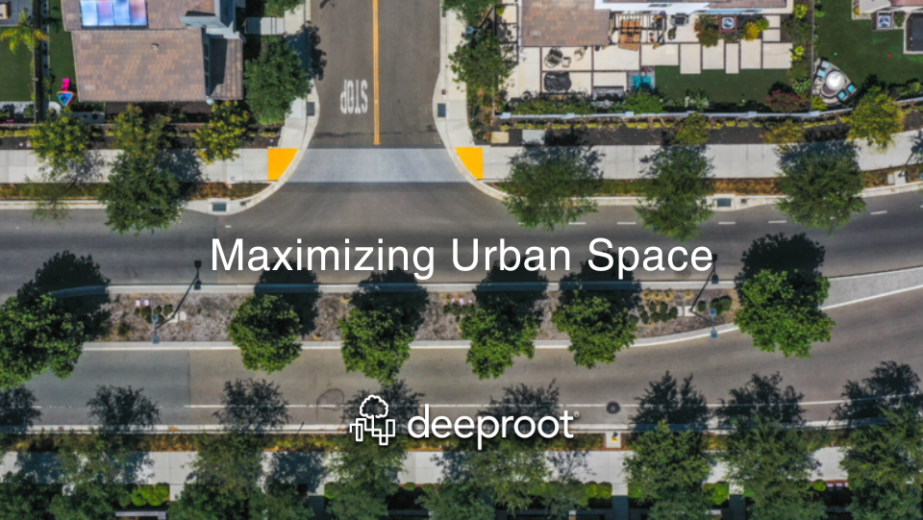We recently got an inquiry from a reader in response to our chart, How Much Soil To Grow A Big Tree?, asking whether there is a way to estimate the DBH of a tree based on its caliper, or vice versa.
To begin at the beginning: the soil chart is really used as a predictive tool – the assumption is that given a certain quantity of soil, a tree will grow to some level of maturity.
As trees mature they develop large swelling at the base called the trunk flare. This extends quite a way up the trunk in a large tree. Arborists use DBH (diameter at breast height, or 4.5 feet above the ground) to get above the trunk flare and determine a more accurate measurement of the size of the trunk. Arborists and foresters also measure a lot of trees and it is simply easier (and better for their backs!) to measure the tree at 4.5 feet than at 12 inches above the ground.
Nursery trees also have trunk flare, but generally it is not well developed and does not extend far up the tree. Since nurseries sell trees by trunk diameter, and larger trees sell for more, a uniform measuring point was developed at 12” above the ground. This diameter is called caliper to distinguish it from DBH. Do the two relate? Not at all. One is a measurement used when you buy the tree and the other measures its diameter at maturity. The size the tree at planting has nothing to do with how big the tree will become and how much soil it will need over the course of its lifetime.
Image: Frinthy






Leave Your Comment